Report: Comparative Analysis of FDI and GDP Growth in the UK and World
VerifiedAdded on 2020/06/03
|7
|733
|48
Report
AI Summary
This report analyzes the Foreign Direct Investment (FDI) and Gross Domestic Product (GDP) trends in the UK and globally, spanning from 1997 to 2016. The analysis highlights the fluctuations in FDI in the UK, showing a significant rise from 1997 to 2000, a drop during the global financial crisis, and subsequent recovery. The report also compares these trends with the world's FDI, revealing peaks and declines corresponding to economic events. Furthermore, the report examines the UK's GDP growth, illustrating its changes over time, including a negative balance during the financial crisis. The report draws upon data from the World Bank and academic journals, illustrating the impacts of economic changes and financial challenges on the nation. The report concludes by suggesting potential future growth in FDI and GDP, emphasizing their importance for the economy and employment.
1 out of 7


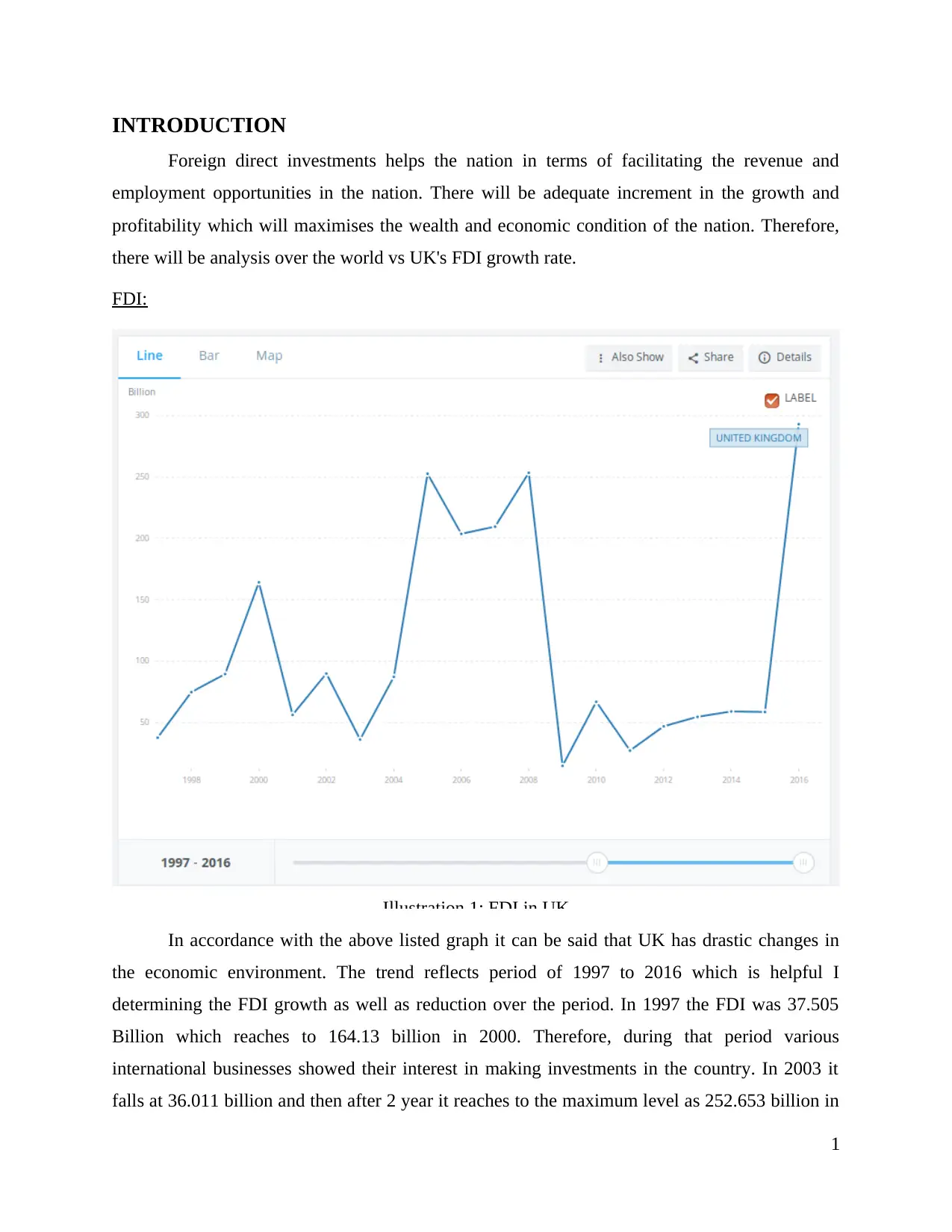

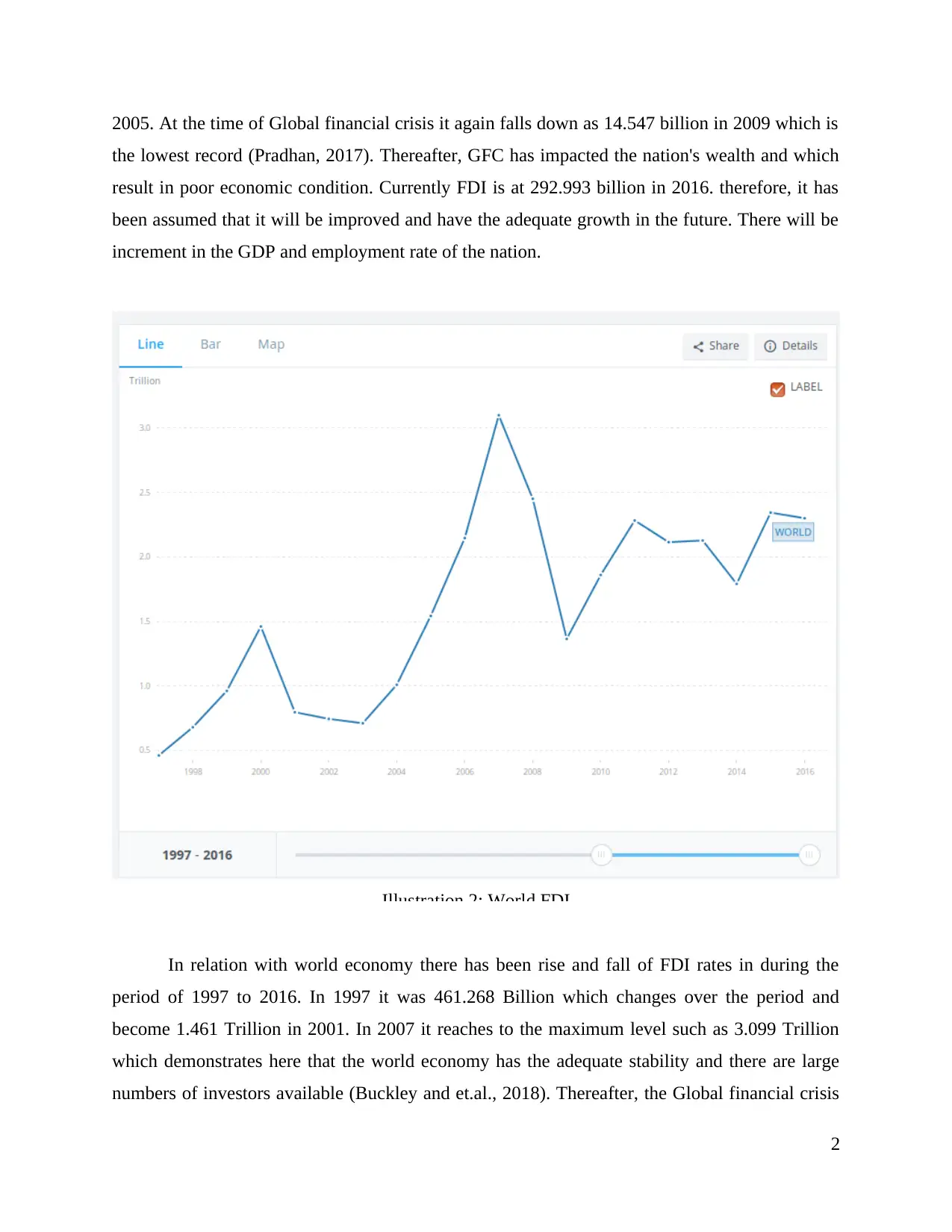
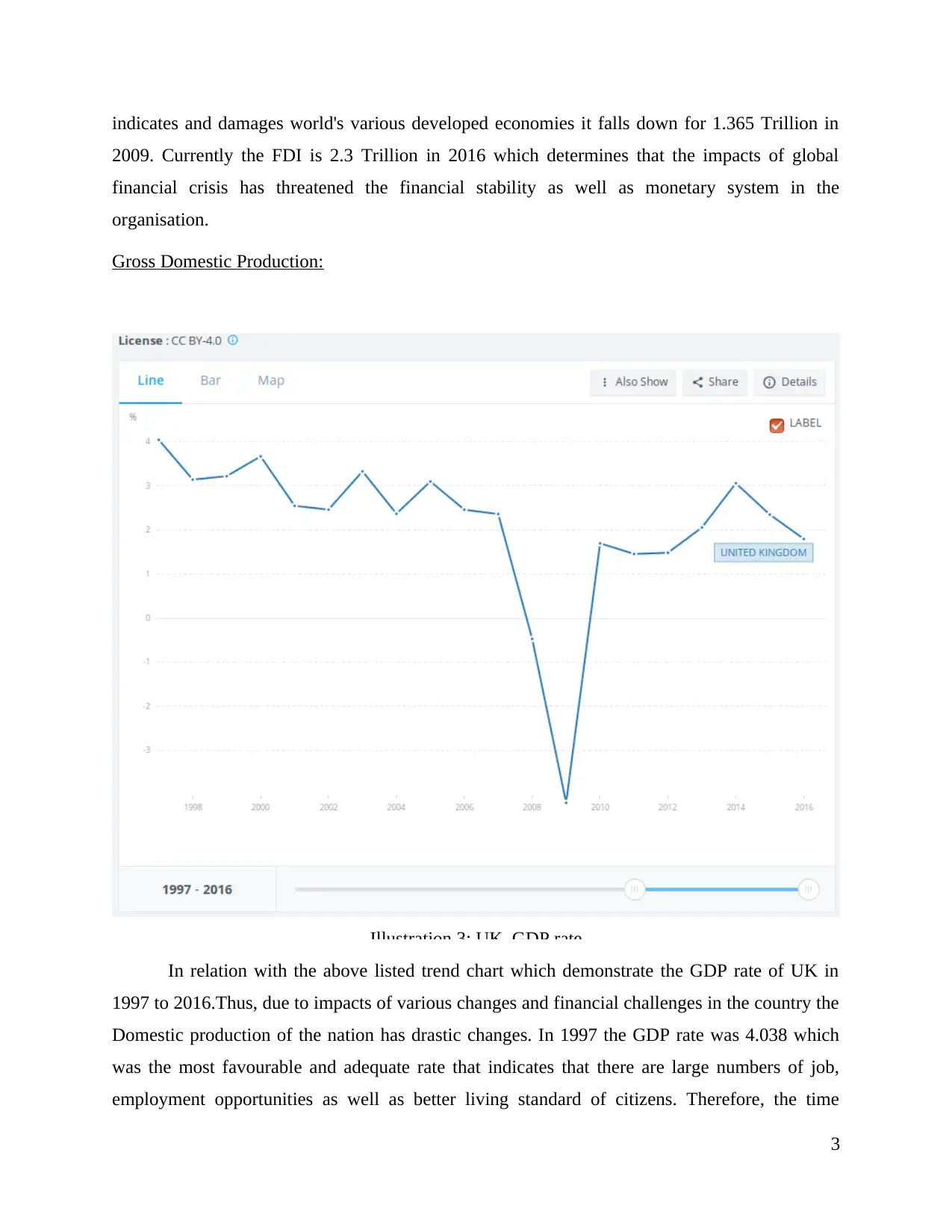
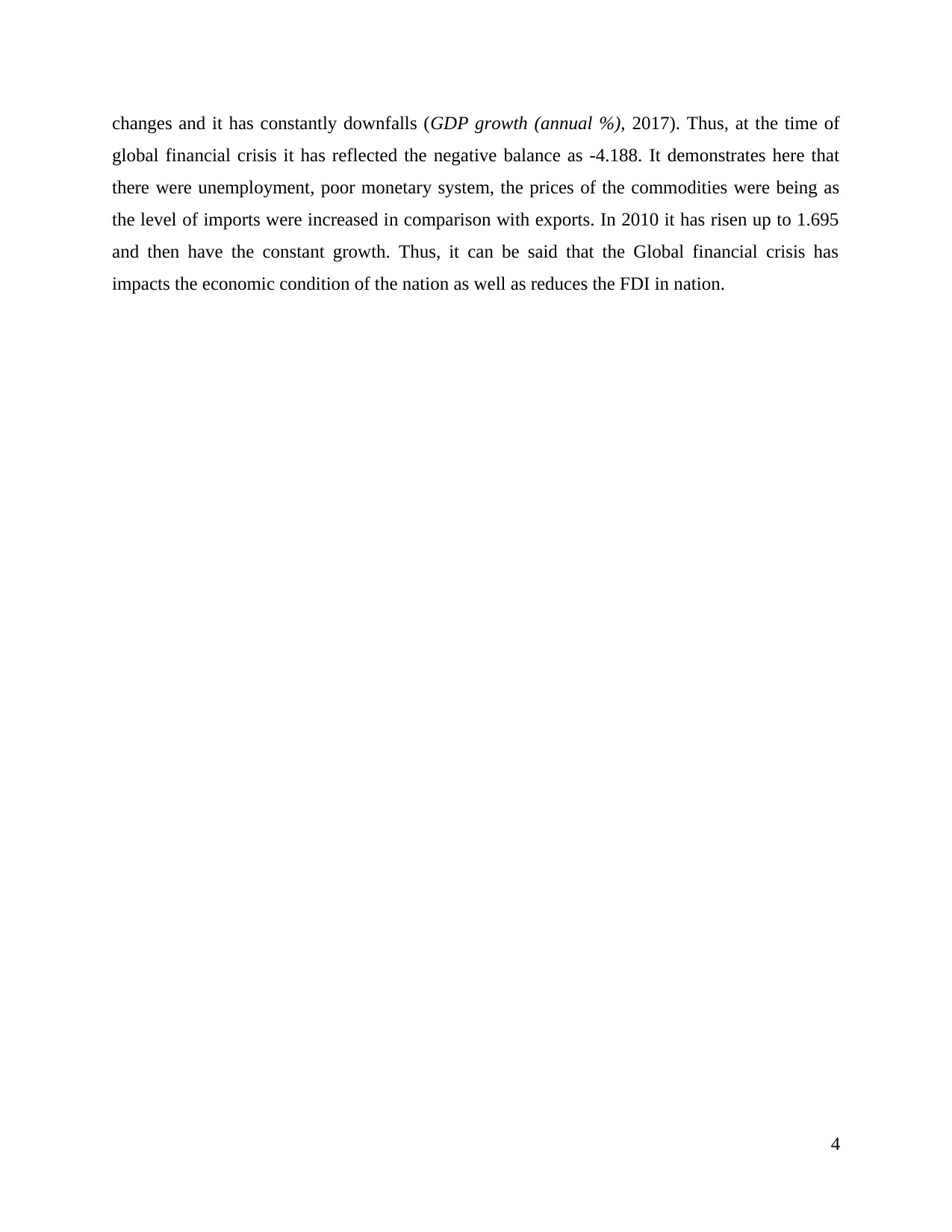
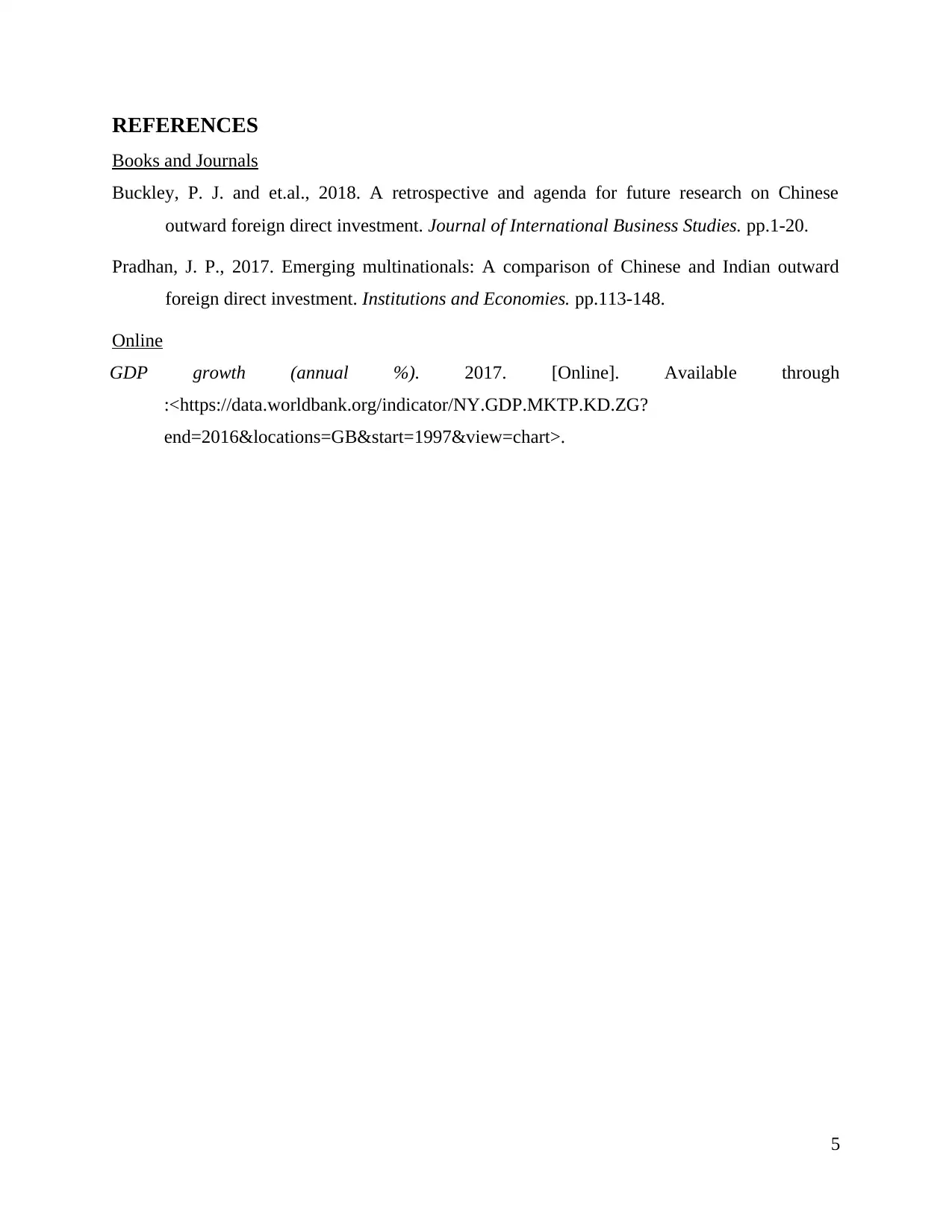






![[object Object]](/_next/static/media/star-bottom.7253800d.svg)